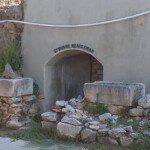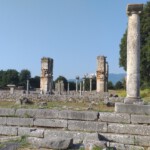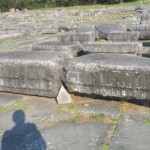
In August 2022 I was allowed to visit the excavation site of the place Philippi mentioned in the Bible and visited by Paul. Unfortunately, we lost a lot of pictures on the way home due to a camera defect. Nevertheless, at this point I would like to give the reader a little insight into the city to which the apostle Paul had a very special relationship. It housed the only church that supported him financially, and for which he had almost nothing but praise.
Lydia, the first Christian woman in Europe – her name is inextricably linked with the former capital of Macedonia and at the time the Roman colony, Philippi. On his second missionary trip, the Apostle of the Nations Paul received the commission from God to go to Macedonia. His first stop there was Philippi. Here he went on the Sabbath to
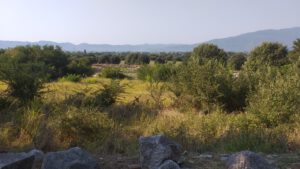
the Angitis River, which flows by near the city, because he suspected that people would come together there for prayer. He met several women, including Lydia, a godly purple trader from Thyatira in Asia Minor. She listened carefully to what Paul was saying and was baptized with her whole house.
Later he drove a fortune teller out of a maid, whereupon he was sued by her masters and thrown into prison. In prison, Paul and Silas, his companion, prayed and praised God. A great earthquake occurred and the prison door was opened. Thereupon the prison guard wanted to kill himself which Paul prevented. This is how he and his whole house came to believe in Jesus 1.
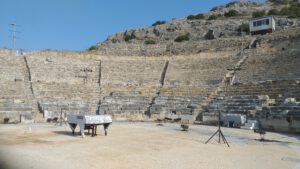
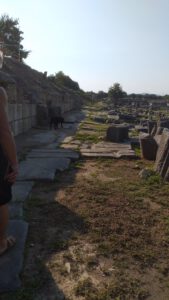
In the second century BC, Phiippi became an important junction in the area thanks to the Via Egnatia, one of the most important military and trade routes in the world at that time, which ran through the city. In October / November 42 BC The double battle at Philippi took place west of the city between the Caesar murderers Marcus Junius Brutus and Gaius Cassius Longinus on the one hand and the triumvirs Mark Antony and Octavian on the other. Brutus and Cassius were beaten and committed suicide
After the battle, Mark Antony founded a Roman colony in Philippi and settled veterans who supplemented the previous inhabitants. After Octavian’s victory over Antony and his suicide (30 BC), the colony received growth from other Italians who had settled there. The new name Colonia Augusta Iulia Philippensis. From this date until the 3rd century, Roman way of life and culture dominated Philippi 2.
After the capital of the empire was moved from Philippi to Constantinople in the 4th – 6th centuries, theRoman buildings the Octagon, an eight-sided building complex, the main church of which was dedicated to the Apostle Paul, aswell as the „Bishop’s Palace“ and three other magnificent basilicas and private houses. The early Christian buildings of Philippi
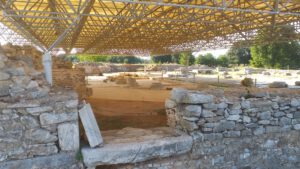
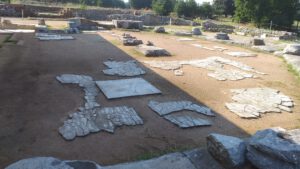
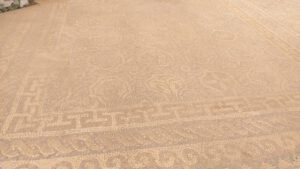
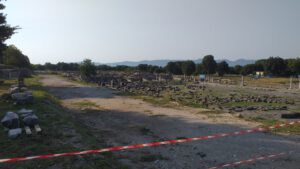
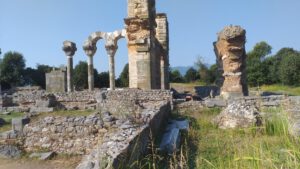
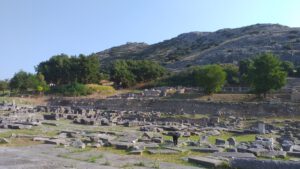
Due to severe earthquakes and Slavic invaders, Philippi was increasingly abandoned from the early 7thcentury. In Byzantine times there was a fortress here. The settlement was devastated by the Turks at the end of the 14th century 3.
In 1914 the French Archaeological School began excavation and research in Philippi. After World War II, the Archaeological Service and the Archaeological Society of Greece carried out systematic excavations. Today the excavation work is carried out by the Archaeological Service of the Aristotle University of Thessaloniki and the French Archaeological School. The finds are kept in the Archaeological Museum of Philippi. Since July 2016, the archaeological site of Philippi has been included in the UNESCO World Heritage List. You can find more information on the designation and admission criteria of the site on the UNESCO website.
Source reference:
